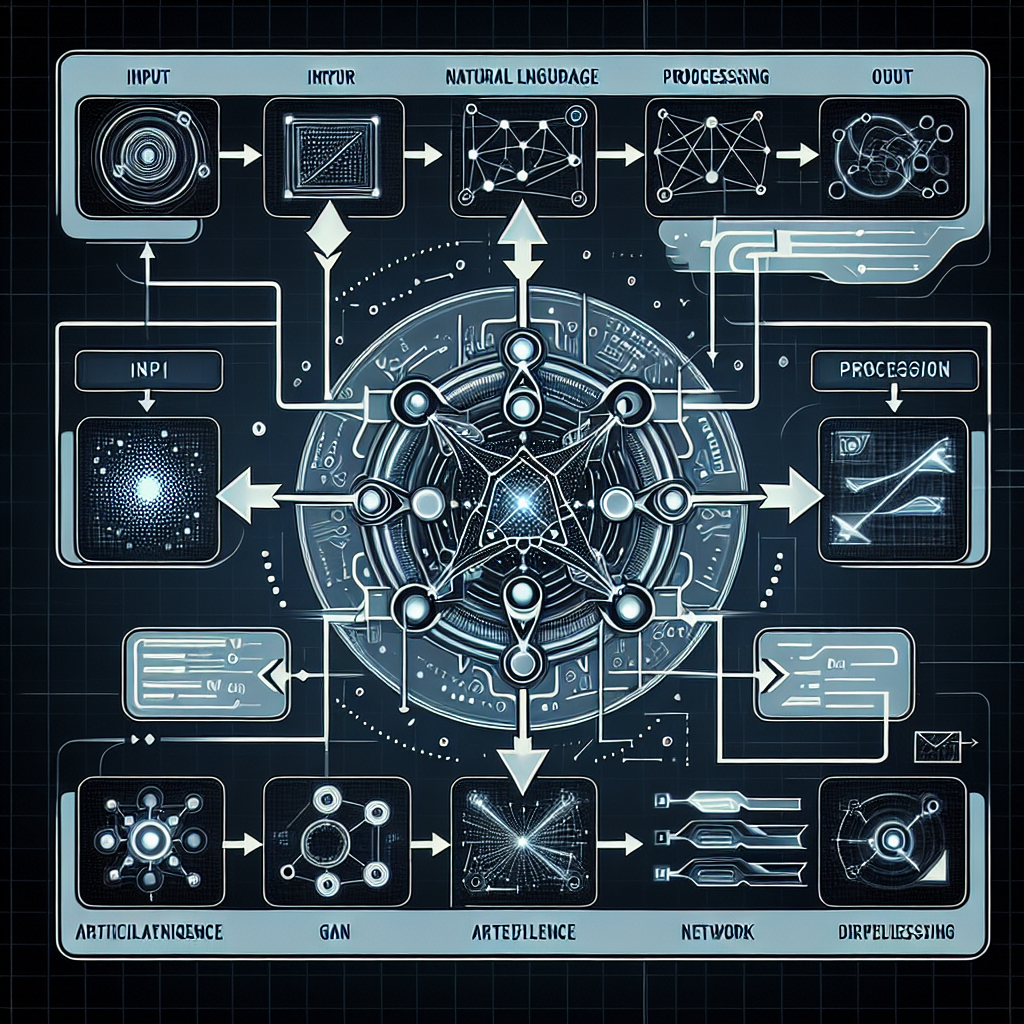Fix today. Protect forever.
Secure your devices with the #1 malware removal and protection software
Generative Adversarial Networks (GANs) have been making waves in the field of artificial intelligence and machine learning in recent years, and their potential impact on the future of Natural Language Processing (NLP) is no exception. GANs are a type of neural network architecture that can generate new data samples that are similar to a given dataset. This ability to generate realistic and high-quality data has made GANs a powerful tool in various applications, including image generation, speech synthesis, and text generation.
In the context of NLP, GANs have shown great promise in improving the quality and diversity of generated text. Traditional language models, such as recurrent neural networks (RNNs) and transformer models, often struggle with generating coherent and diverse text. GANs, on the other hand, can learn the underlying distribution of text data and generate more realistic and diverse text samples.
One of the key applications of GANs in NLP is text generation. By training a GAN on a large corpus of text data, researchers can generate new text samples that are similar in style and content to the original dataset. This can be particularly useful in tasks such as dialogue generation, storytelling, and language translation, where generating realistic and diverse text samples is crucial.
Another important application of GANs in NLP is data augmentation. By generating new text samples using GANs, researchers can increase the size of their training dataset and improve the performance of their NLP models. This can be especially helpful in tasks such as sentiment analysis, text classification, and language modeling, where having a large and diverse dataset is essential for achieving high accuracy.
Furthermore, GANs can also be used for style transfer in NLP. By training a GAN on text samples from different styles or genres, researchers can generate new text samples that combine the characteristics of both styles. This can be useful in tasks such as authorship attribution, text summarization, and text paraphrasing, where transferring the style of one text to another can be beneficial.
Overall, GANs have the potential to revolutionize the field of NLP by improving the quality and diversity of generated text, augmenting training datasets, and enabling style transfer. As researchers continue to explore the capabilities of GANs in NLP, we can expect to see exciting advancements in text generation, data augmentation, and style transfer applications. The future of NLP is indeed being shaped by the innovative and powerful capabilities of GANs.
Fix today. Protect forever.
Secure your devices with the #1 malware removal and protection software
#Role #GANs #Shaping #Future #Natural #Language #Processing #Comprehensive #Overview,gan)
to natural language processing (nlp) pdf

Leave a Reply
You must be logged in to post a comment.